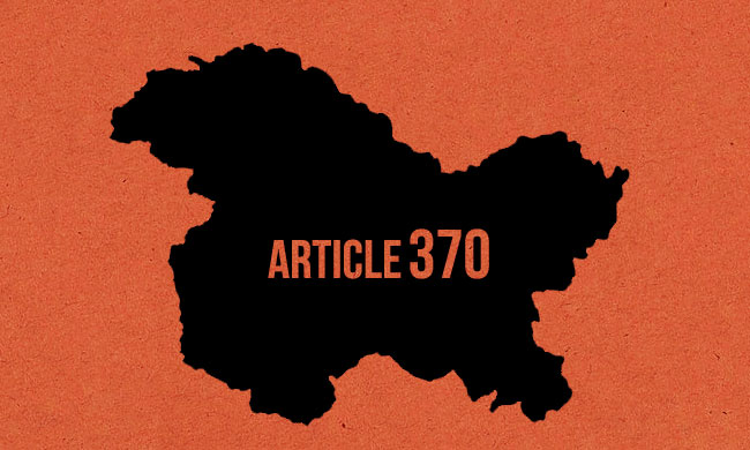Article 370: How The Centre Demolished The Tunnel In One Stroke
LiveLaw Research Team
6 Aug 2019 4:34 PM IST

The President's notification on Monday amending Article 370 fails to take note of Supreme Court's judgment in Sampat Prakash v state of Jammu and Kashmir, which is binding. The notification will doubtless be challenged in the Supreme Court. The judgment in Sampat Prakash v State of Jammu and Kashmir will then come under review, perhaps, by a larger bench for its correctness.
Next Story


